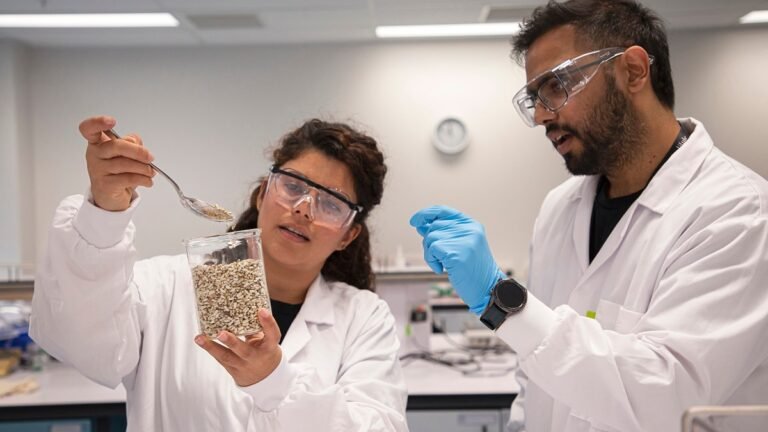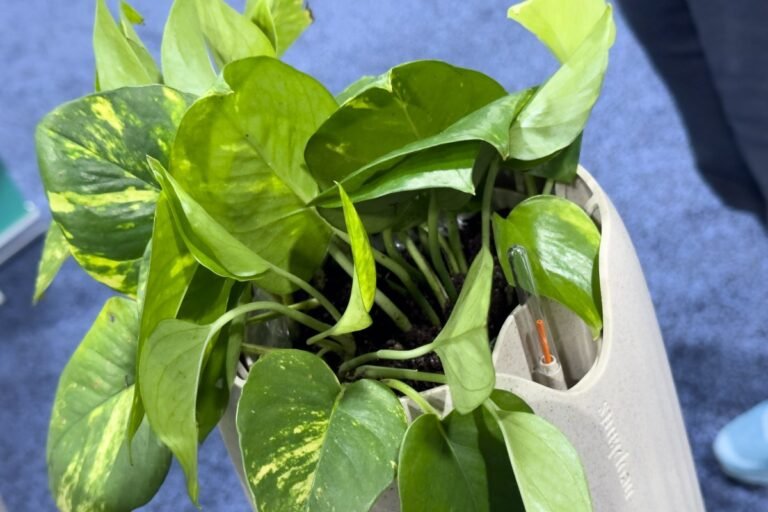India Greenlights $15 Billion for Semiconductor Plant Projects
India has approved allocating up to $15.2 billion (1.26 trillion Indian rupees) to build three new semiconductor plants, including its first semiconductor fab facility — part of the country’s big bid to take on China, Taiwan and other countries in the chip race.
On Thursday, the Indian cabinet approved the country’s first semiconductor fab facility set up by the salt-to-software conglomerate Tata Group and Taiwan’s Power Chip, which will be established in the Dholera region of Gujarat.
The Indian IT minister Ashwini Vaishnaw told reporters at a media briefing in New Delhi that the construction work for the semiconductor fab will start within 100 days.
“A typical semiconductor fab, construction is a three-four-year time frame.
This will be the country’s third semiconductor unit and will be able to produce 48 million chips per day.







